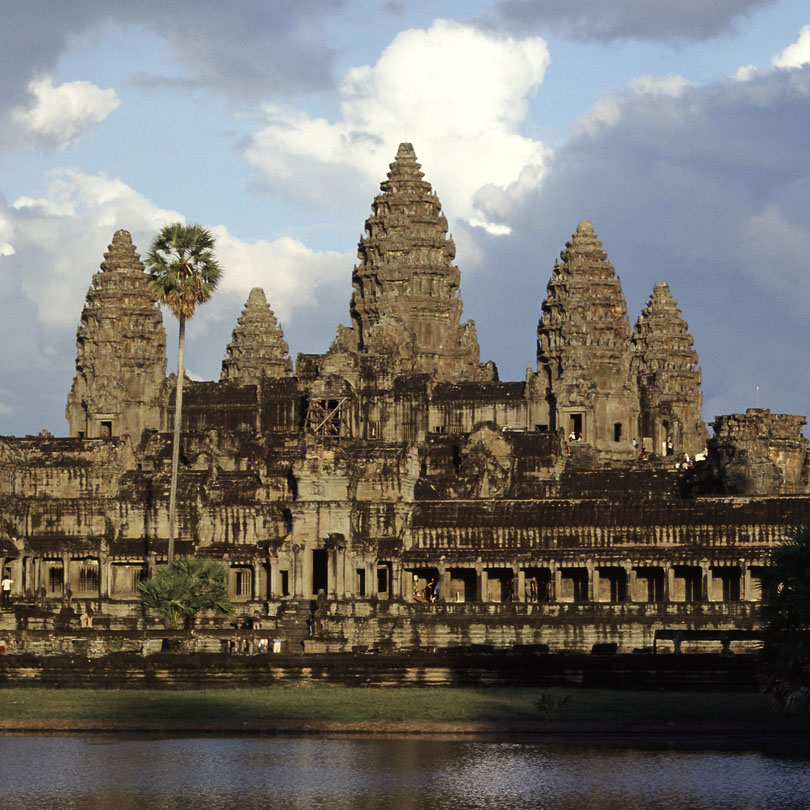
Top 10 Lost Ancient Cities
From Pompeii to Peru, take a tour of some of the world’s most beautiful and significant archaeological sites.
1. Pompeii and Herculaneum
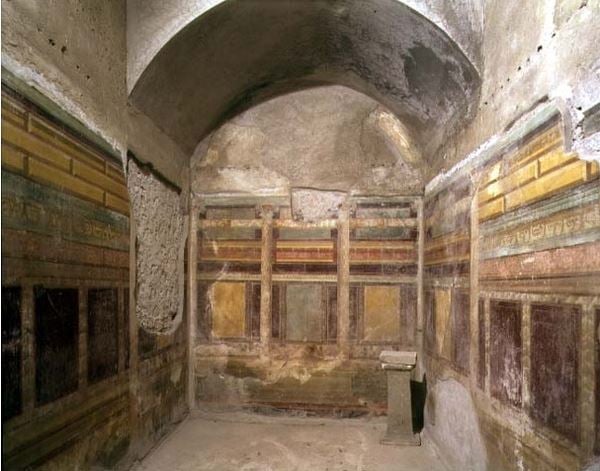
A room decorated with trompe l’oeil frescoes in the second style of Roman painting from the House of the Silver Wedding, Pompeii, mid 1st century BC (fresco) / Museo Archeologico Nazionale, Naples, Italy / Roger-Viollet, Paris
Since their rediscovery in the eighteenth century, their perfectly preserved artefacts and frescoes have become an invaluable source of information about Roman life and culture.Perhaps the lost city that has most caught our imagination, Pompeii (and its neighbour Herculaneum) were famously destroyed when Mount Vesuvius violently erupted in AD 79.
2. Ephesus, Turkey
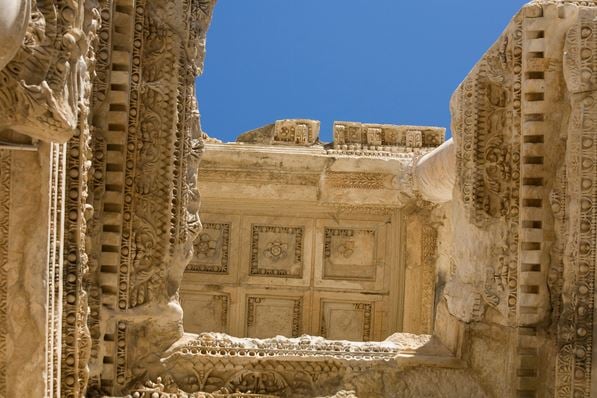
Coffered Ceiling from the Facade of the Celsus Library, Ephesus, Turkey, 2007 (photo) / © Samuel Magal, Sites & Photos Ltd.
In 401 AD, however, the Temple was destroyed by a raging mob led by St. John Chrysostom. The city was ravaged by an earthquake two centuries later, and this cultural and financial hub fell slowly into decline.Once the home to the Temple of Artemis, one of the Seven Wonders of the Ancient World, Ephesus was a thriving trading centre on the coast of Ionia in Turkey.
3. Machu Picchu, Peru
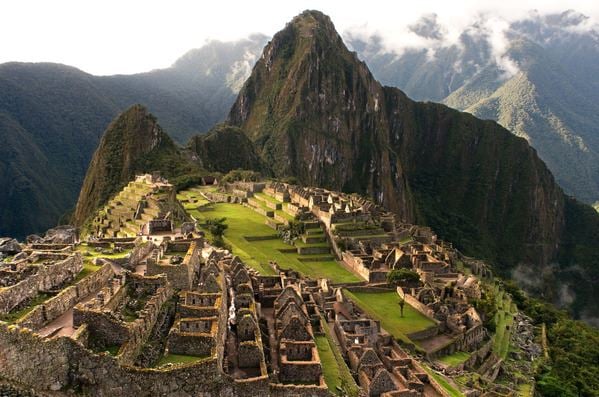
Machu Picchu, Peru (photo) / © Sergi Reboredo
Built around 1450 at the height of Inca civilisation, the city was abandoned only a century later as an indirect result of the Spanish Conquest. Evidence suggests that the invaders never found the city, leaving it in an immaculate state of preservation and a rare record of undiluted Inca culture.Constructed on a mountain ridge in the Urubamba Valley, Machu Picchu is referred to by many as the ‘City of the Incas’ and has become synonymous with the Inca civilisation.
4. Great Zimbabwe, Zimbabwe
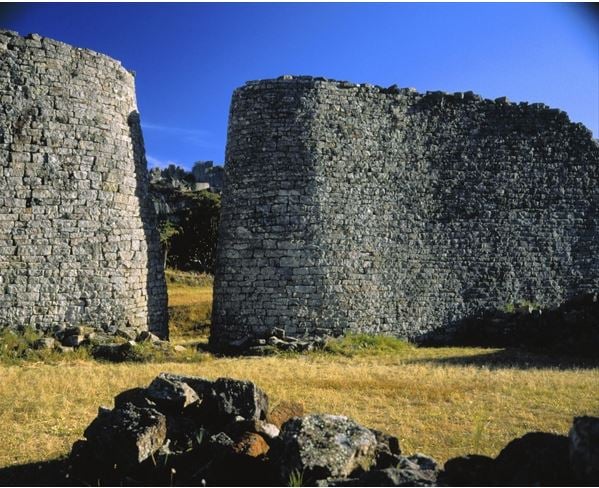
East gate of the Great Enclosure, built 14th-15th century (photo) / Great Zimbabwe, Masvingo Region, Zimbabwe / Bildarchiv Steffens
Begun in the 11th century, construction continued for three hundred years. Striking features include an area known as The Great Enclosure – a compound where walls can reach nearly 36ft in height. A combination of political upheaval and dwindling natural resources probably drove the city into decline.Close to Zimbabwe’s border with Mozambique lie the ruins of a magnificent city, once the seat of royal power of the Kingdom of Zimbabwe.
5. Angkor, Cambodia
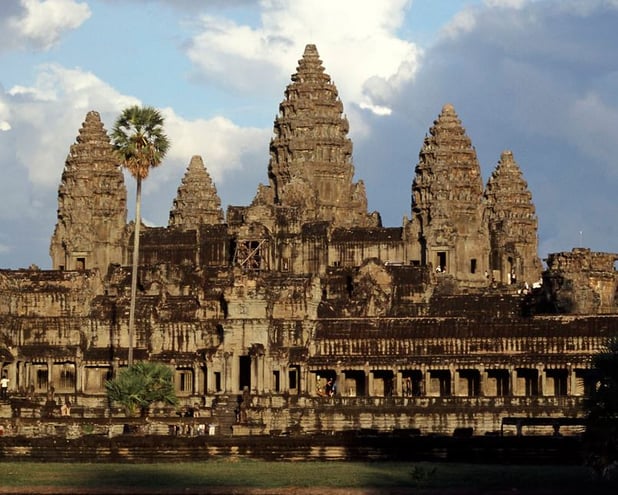
Angkor is an archaelogical site home to over 1,000 temples.Preserving the art and architecture of the9th-14th century Khmer Kingdom, the most impressive monument standing today is arguably Angkor Wat, which was constructed to reflect Hindu cosmology. Severe drought and religious upheaval have been suggested as possible causes of the city’s decline.
6. Persepolis, Iran
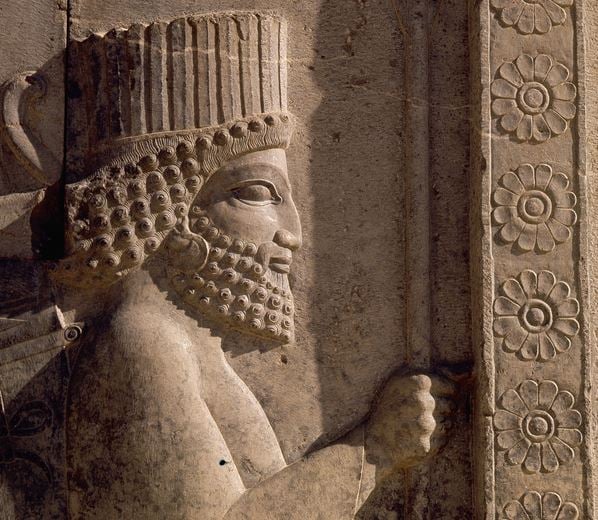
A detail of a relief carving on the staircase leading to the Tripylon at Persepolis, depicting a Persian / Werner Forman Archive
Dominated by a large terrace and partially carved out of a mountainside, Persepolis was the ancient capital of the Persian Kings during the time of the Achaemenid Empire (between 550 – 330 BC).
The city was famously captured by Alexander the Great in 330 BC and later looted by his soldiers. A resultant fire destroyed not only buildings, but also a wealth of religious and historical texts. Some consider this a deliberate act of vengence for the Persian destruction of the Acropolis of Athens.Dominated by a large terrace and partially carved out of a mountainside, Persepolis was the ancient capital of the Persian Kings during the time of the Achaemenid Empire (between 550 – 330 BC).
7. Palenque, Mexico
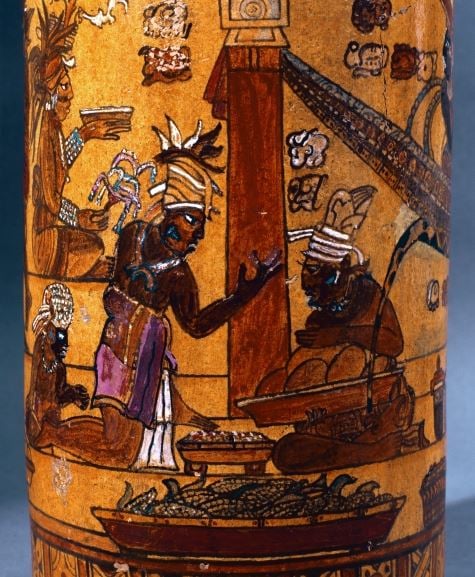
Attendants bringing offerings of food, decoration from a cylindrical vase from Palenque, 559-950 (polychrome terracotta) / Museo Nacional de Antropologia, Mexico City, Mexico
Palenque boasts some of the most beautiful examples of Mayan art and architecture.Occupied for nearly a millennia, many of the structures standing today were constructed around 600 AD under the rule of one of the city’s most celebrated rulers, Pacal the Great. Following tension with other Mayan states, the city was gradually abandoned and left to be reclaimed by the jungle.
8. Babylon, Iraq

The Hanging Gardens of Babylon, from a series of the ‘Seven Wonders of the World’ published in ‘Munchener Bilderbogen’, 1886 (colour litho), Knab, Ferdinand (1834-1902) / Private Collection / Archives Charmet
Home to the Hanging Gardens of Babylon, (another Wonder of the Ancient World), the city grew famous as a centre of learning and trade, particularly between 331 BC and 323 BC when it was ruled by Alexander the Great. Following his death, however, the city was plagued by war and violence, forcing its inhabitants to abandon their home.Originally built on the banks of the Euphrates south of modern day Baghdad, little now remains of the city that was once Babylon.
9. Sanchi, India
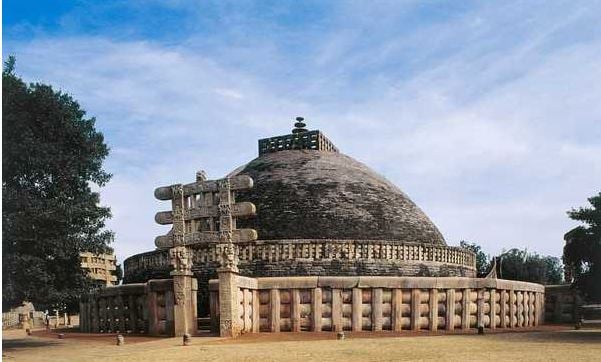
India, Madhya Pradesh, Sanchi, Great Stupa, western gateway (1st Century bC) / De Agostini Picture Library / G. Nimatallah
Arguably the most iconic of the stupas is the Great Stupa, raised by emperor Ashoka the Great to house and shelter the remains of the Buddha in the 3rd century BC. As Buddhism in India declined, however, the significance of the city also diminished and it fell into a state of decay.Renowned for its collection of stupa, Sanchi remain an important location for Buddhist pilgrims.
10. Memphis, Egypt
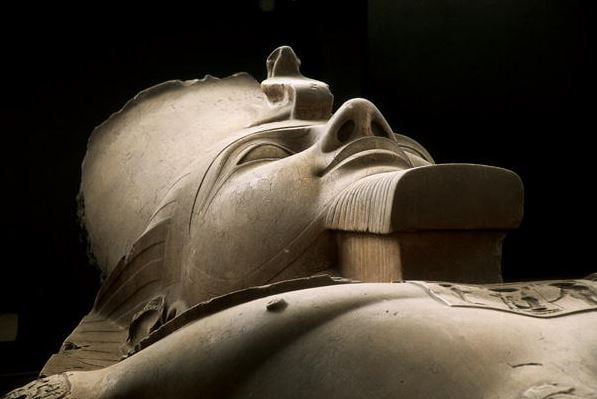
Head of a colossal statue of Ramesses II, from the Great Temple of Ptah of Mit Rahina, New Kingdom (granite), Egyptian 19th Dynasty (c.1292-1187 BC) / Memphis, Egypt / Photo © AISA
Located on a strategic position at the mouth of the Nile, the city was a hive of trade and industry. It was a temple from this city Hut-ka-Ptah (pronounced Ai-gy-ptos in Greek), which possibly provided the origin of the modern English ‘Egypt’. Following the rise of Alexandria, Memphis fell irrevocably into decline.Founded around 3000 BC (according to legend), Memphis was one of the most powerful and important cities in both Egypt and the Mediterranean region as a whole.
